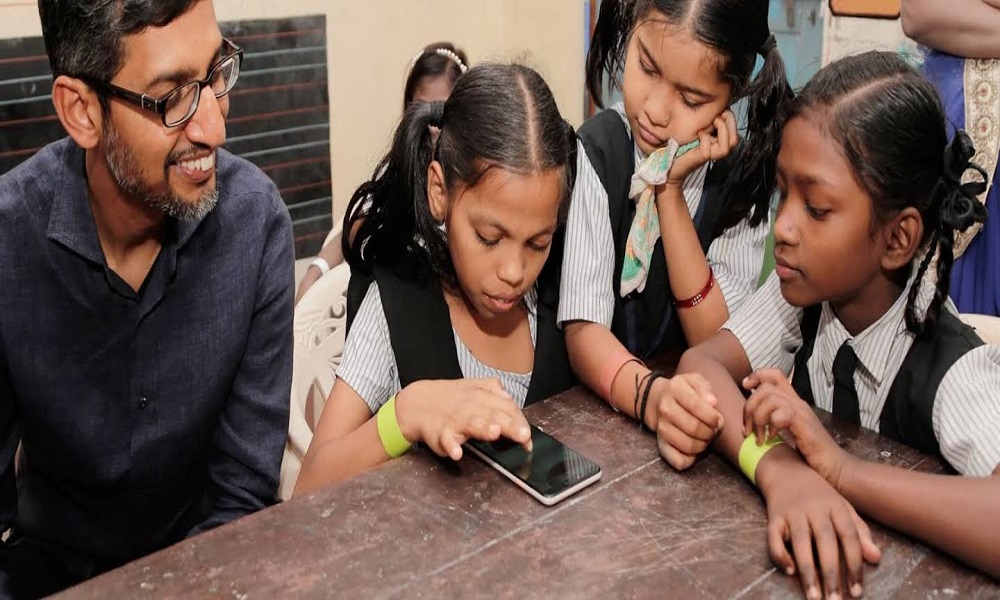In today’s rapidly evolving world, education and technology have become powerful catalysts for social change and economic empowerment. While access to quality education is essential for individual and community development, many underserved communities face barriers that limit their opportunities for learning and growth.
This blog of Fikrah says however, through innovative uses of technology, we have the potential to bridge these gaps and provide equal access to education for all. Let’s explore how education and technology are working together to enhance learning opportunities for underserved communities.
Overcoming Geographic Barriers to Online Learning
One of the most significant challenges facing underserved communities is limited access to quality educational resources, particularly in remote or rural areas. However, advancements in technology have made it possible to deliver education directly to learners, regardless of their geographic location.
Online learning platforms offer a wide range of courses and resources that can be accessed from anywhere with an internet connection, breaking down barriers to education and expanding learning opportunities for underserved communities.
Personalized Learning Experiences through Adaptive Technology
Traditional educational approaches often struggle to meet the diverse needs of learners, particularly those with varying learning styles, abilities, and backgrounds. Adaptive technology, powered by artificial intelligence and machine learning algorithms, has the potential to revolutionize education by providing personalized learning experiences tailored to individual learners’ needs.
By adapting content, pace, and difficulty levels in real-time, adaptive technology ensures that every student receives the support and resources they need to succeed, regardless of their circumstances.
Bridging the Digital Divide with Accessible Technology
The digital divide, characterized by disparities in access to technology and the internet, remains a significant barrier to education for many underserved communities. However, initiatives aimed at bridging the digital divide, such as providing subsidized devices and expanding broadband infrastructure, are making technology more accessible to marginalized populations.
Additionally, efforts to develop accessible technology, including assistive devices and software, ensure that individuals with disabilities can fully participate in digital learning experiences, furthering inclusivity in education.
Empowering Communities through Digital Literacy and Skills Training
In addition to providing access to educational resources, technology can empower underserved communities by equipping individuals with essential digital literacy and skills. Digital literacy programs teach community members how to navigate technology, use digital tools effectively, and access online resources safely.
Furthermore, skills training programs focus on teaching in-demand digital skills, such as coding, digital marketing, and data analysis, enabling individuals to pursue new career opportunities and contribute to their communities’ economic development.
Partnering with Fikrah: Advancing Education and Technology Initiatives
At Fikrah, we are committed to advancing education and technology initiatives that empower underserved communities. Through our partnerships with educational institutions, technology companies, and community organizations, we work to expand access to quality education, promote digital literacy, and provide skills training opportunities to those in need.
By leveraging the power of education and technology, we aim to create a more inclusive and equitable society where every individual has the opportunity to thrive.
CONCLUSION:
In conclusion, education and technology have the potential to transform the lives of underserved communities by expanding learning opportunities, personalizing learning experiences, bridging the digital divide, and empowering individuals with essential digital skills.
By harnessing the power of education and technology, we can create a brighter future for all, where access to knowledge and opportunities knows no boundaries.
Click here to know more about “What It Means to Have Equitable Access to Technology for Today’s Students & Educators”

